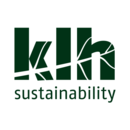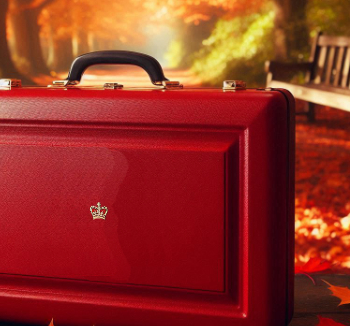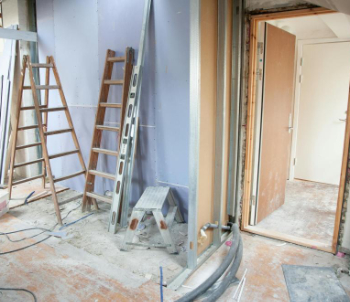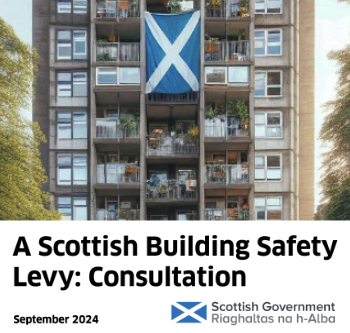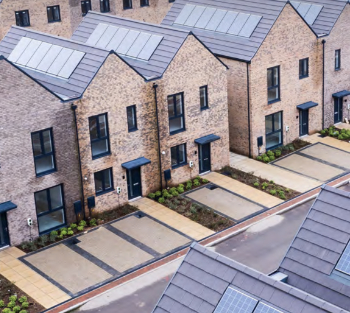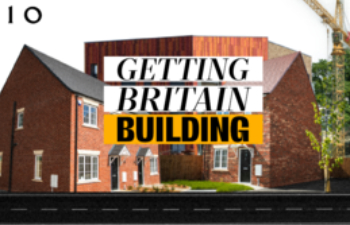Sustainable Timber in Construction
Contents |
[edit] Introduction
If sustainably sourced, timber is undoubtedly one of the most environmentally-friendly materials currently available, being a natural carbon sink and truly renewable. This has made timber a popular material among sustainability champions and protagonists of green construction. Although its use in construction dates back many centuries, the advent of Cross Laminated Timber (CLT) has now made it possible to construct complete buildings in timber.
[edit] What is sustainable timber?
Sustainable timber refers to timber that has been harvested responsibly from well managed forests that are continuously replenished; and ensure that there is no damage to the surrounding environment, or to native flora and fauna.
In the UK two main certification schemes, Forest Stewardship Council (FSC) and Programme for the Endorsement of Forest Certification (PEFC), assure that all wood and wood-based products originate from sustainable sources.
[edit] Timber and climate change
Timber has a significantly lower embodied carbon footprint compared to other mainstream construction materials. This is due to the minimal processing required, even when accounting for the process of laminating (glulam or cross-laminated timber) which is generally required to create structural timber products.
If sustainably sourced, using timber can have an additional positive environmental impact because trees absorb carbon dioxide through photosynthesis and lock it away as carbon, thus removing it from the atmosphere. This phenomenon is called sequestration and can essentially offset the processing and transportation energy associated with timber products. Therefore, timber can be considered a carbon negative material. It is however important to remember that the sequestered carbon will be released at the end of life of the timber product (unless it is reused or recycled). The global warming implications of disposal options vary and are detailed in the table below.
It is interesting to note that in response to the Paris Agreement (COP21), scientists proposed a range of “negative emissions technologies (NETs) in order to limit climate change to “well below 2C”, three of which relate to timber and its capacity to absorb and store carbon from the atmosphere: afforestation and reforestation, building with biomass and biomass with carbon capture and storage.
The recently published UK’s 25 year environmental plan also recognises the significance of using sustainable resources, and specifically recommends increasing supplies of timber.
[edit] Timber and life-cycle impacts
Recent studies have found that the life cycle emissions from a CLT framed building (without including sequestration) can be about 30-50% lower than a typical concrete framed building. When sequestration is included, the benefit can be much more significant. However, it is important to note that these results assume that 100% of the timber is diverted from landfill at the end of its useful life. If timber is landfilled at the end of its useful life, analysis has suggested that the net emissions from a CLT framed building could exceed the life cycle emissions from a typical concrete framed building.
When timber is landfilled it rots and releases up to 60% of the sequestered carbon back to the atmosphere as methane, which is 25 times worse than carbon dioxide in terms of global warming impact.
It is important therefore to explore the wider implications of sustainable solutions to ensure they are not creating problems for future generations.
[edit] Related articles on Designing Buildings
- Chain of custody.
- Confederation of Timber Industries.
- Delivering sustainable low energy housing with softwood timber frame.
- Environmental plan.
- European Union Timber Regulation.
- Forests.
- Forest ownership.
- Forest Stewardship Council.
- Green Seal.
- Legal and sustainable timber.
- Legally harvested and traded timber.
- Programme for the Endorsement of Forest Certification.
- Sustainability.
- Sustainable materials.
- Sustainable Wood.
- Sustainably procuring tropical hardwood.
- Timber.
- Whole life carbon assessment of timber
Featured articles and news
Considerate Constructors Scheme acquires Building A Safer Future
Acquisition defines a new era for safety in construction.
AT Awards evening 2024; the winners and finalists
Recognising professionals with outstanding achievements.
Reactions to the Autumn Budget announcement
And key elements of the quoted budget to rebuild Britain.
Chancellor of the Exchequer delivers Budget
Repairing, fixing, rebuilding, protecting and strengthening.
Expectation management in building design
Interest, management, occupant satisfaction and the performance gap.
Connecting conservation research and practice with IHBC
State of the art heritage research & practice and guidance.
Innovative Silica Safety Toolkit
Receives funding boost in memory of construction visionary.
Gentle density and the current context of planning changes
How should designers deliver it now as it appears in NPPF.
Sustainable Futures. Redefining Retrofit for Net Zero Living
More speakers confirmed for BSRIA Briefing 2024.
Making the most of urban land: Brownfield Passports
Policy paper in brief with industry responses welcomed.
The boundaries and networks of the Magonsæte.
London Build Fire and Security Expo
20-21 Nov and now with new Ambassador Programme..
The Scottish Building Safety Levy
Eight weeks of consultation closing on 18 November.
The grey, the brown and the golden rules of housing
shifting policies from the wild west of housing development.
Future proofing homes that are fit for purpose
Specification challenges and the role of plastic.
Thousands of new homes unlocked for brownfield sites
£68 million to 54 councils for neglected land into new homes.







